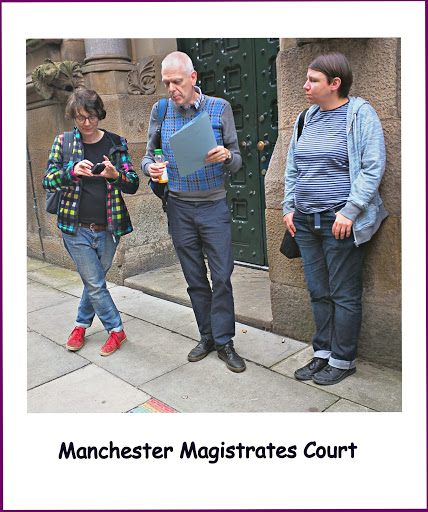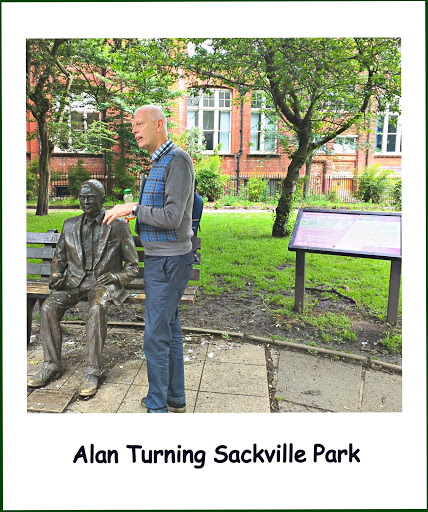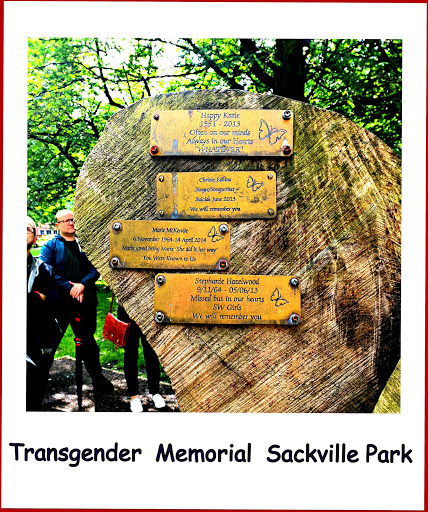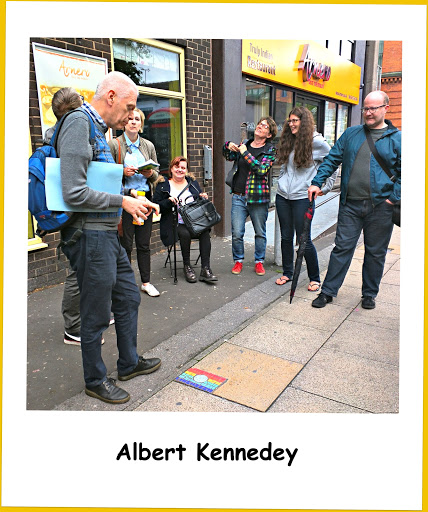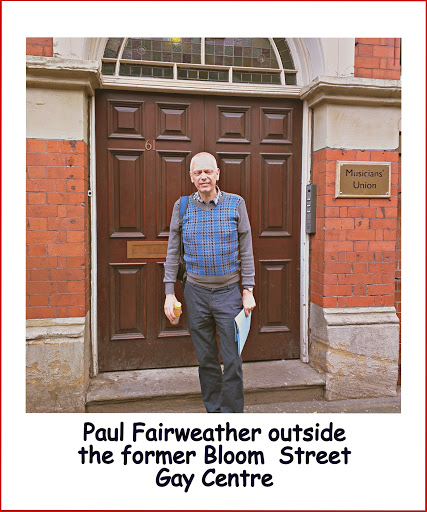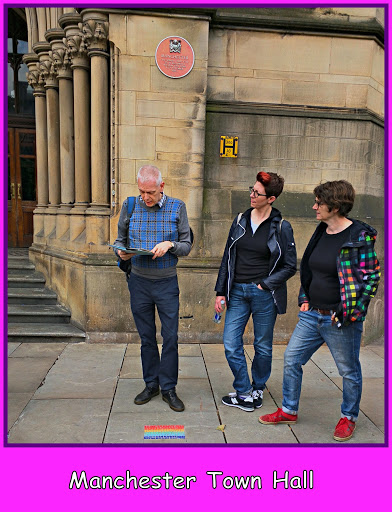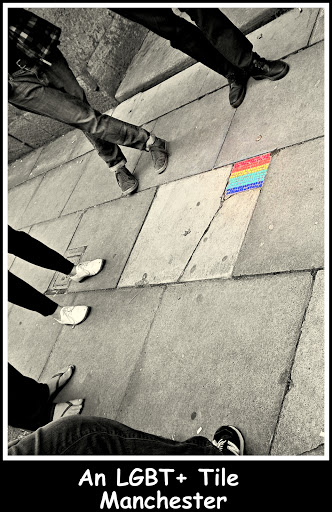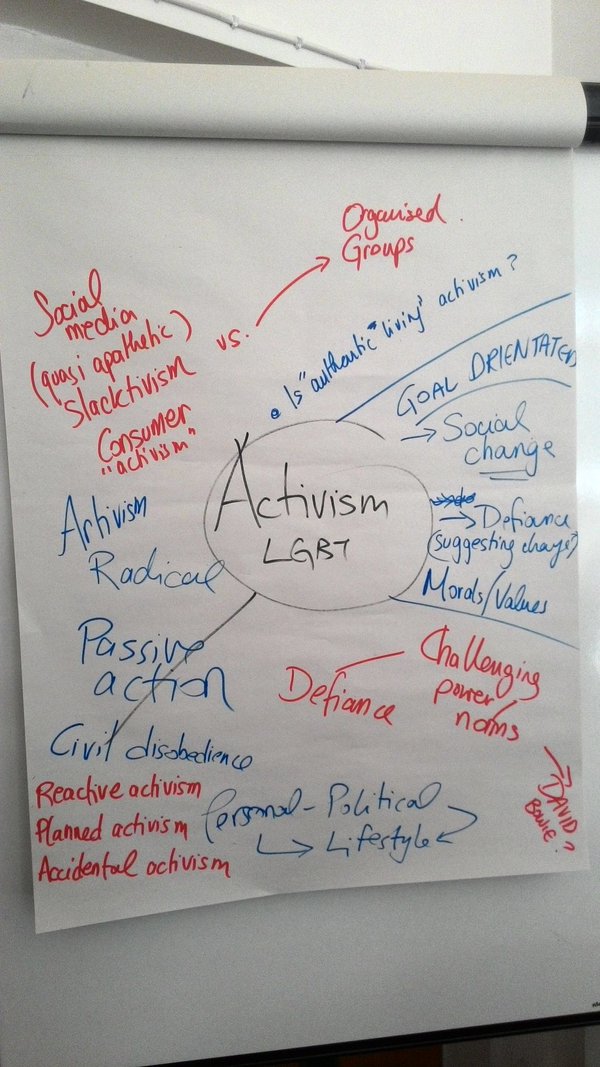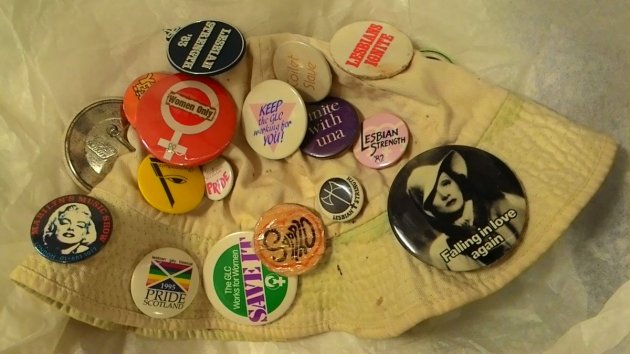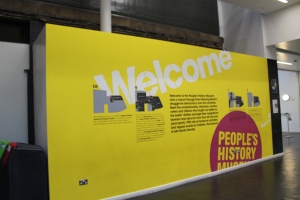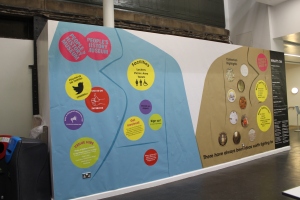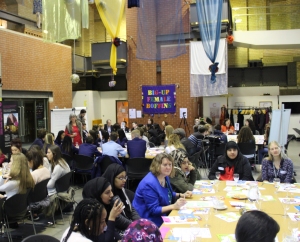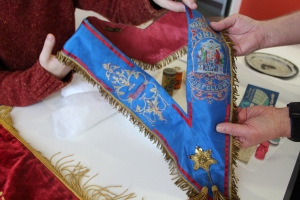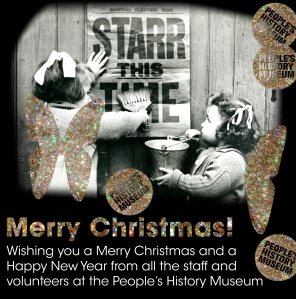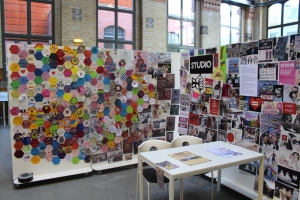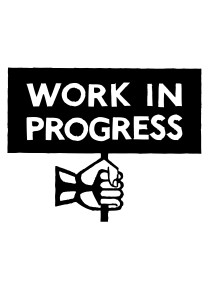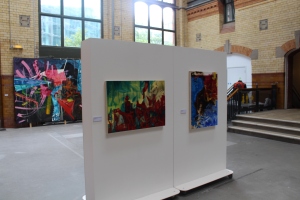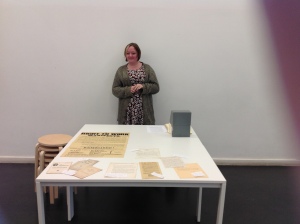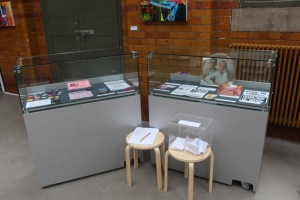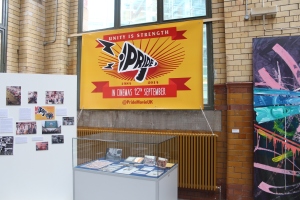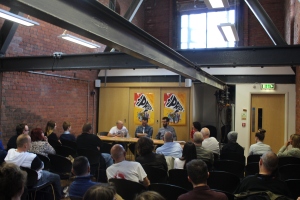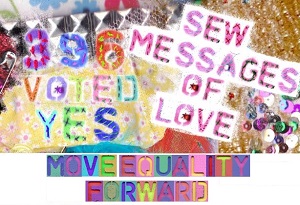Over the past few months during our Play Your Part project we have been working on growing our collection of material relating to lesbian, gay, bisexual, trans* and other gender and sexuality minority groups and refreshing the objects we have on display. Previously labelled ‘Gay rights’, our new ‘LGBT+ rights’ section in Main Gallery Two is now more representative and up to date.
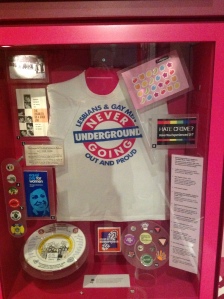
Original equality case
One of the key findings from our initial consultation was that the ‘Gay Rights’ panel in contained incorrect detail. Whilst it was installed in 2010, the 2013 Marriage (Same Sex Couples) Act had rendered it out of date. We therefore wanted to update the information and use the opportunity to refresh the objects in our Equality Case with new material collected during PYP Year One.
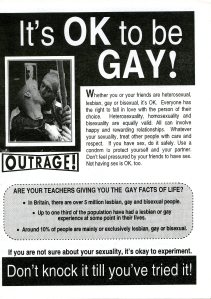
It’s OK to be GAY! leaflet
We began with visitor consultation during our Work in Progress exhibition. We displayed objects from our collection and asked visitors to vote for objects they would like us to include and to suggest objects we were missing. The most popular objects were our badges, followed by the It’s OK to be Gay! leaflet, which is now included in the updated display.
We also ran five consultation workshops with LGBT+ groups to help us with the project and trial the LGBT History Tour we were also developing. We particularly wanted to work with trans* groups as we had identified this as an area that was not represented at all in our collections, display or tour. The feedback from the workshops was invaluable in developing the tour and ensuring that our display and collections represents a range of LGBT+ voices.
We asked each group their opinions on the current display, what they would like to see, what objects from our collection we should include, what gaps are there in our collection, what we need to acquire to fill these gaps and if they are willing to help by donating objects.
The key responses were:
- Current display case is not representative and needs improvement
- Make clear the difference between sexual orientation and gender diversity
- Include more examples of L, B & T
- Include examples of non-binary gender
- Include references to contemporary campaigns
- Include legislation such as the 2004 Gender Recognition Act and 2010 Equalities Act
- Liked structure of tour and how it contextualised history
- Define language used
- All groups wanted the case to be bigger (sadly impossible!)
- Use flags to explain definitions of different groups
- During the tours the groups contributed specific examples of LGBT History they thought we should include, which have now been incorporated into the tour.
The main challenge was to acquire objects representing bisexual and trans* experiences as these were absent from both our collections and displays. I made a short film about our LGBT collections to encourage donations, however the main source of objects was via the consultation workshops. One woman very generously donated her Gender Recognition Certificate and Action for Trans* Health suggested a list of objects that we could purchase cheaply via Etsy. I also attended a meeting of bisexual support group BiPhoria who also donated material.
In January 2015 I visited the April Ashley: Portrait of a Lady exhibition at the Museum of Liverpool and The Gang: Photographs by Catherine Opie at the Walker Art Gallery to investigate how other museums have displayed trans* experiences. Both were excellent examples of best practice, and I found the timeline of trans* history in the April Ashley exhibition particularly useful.
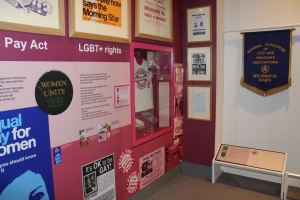
New LGBT+ rights section in Main Gallery Two
The final objects selected for display include badges representing the pride flags of bisexual, pansexual, asexual, intersex and trans* people, a non-binary gender patch and pronoun badges alongside leaflets, photographs and other objects from our collection displaying a broad range of lesbian, gay, bisexual, trans* and other gender and sexuality issues. We hope that people will continue to donate their material, and that we continue to build on our LGBT+ collections.
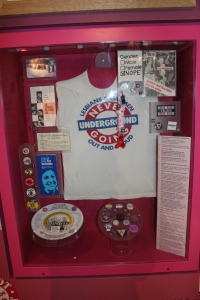
New equality case
A note on terminology
One of the most challenging decisions was our use of terminology, specifically the language we would use on the permanent text panel. From consultation and research we found that some people didn’t think that ‘LGBT’ was inclusive and we had alternative suggestions including ‘LGBTQ+ rights’ and ‘Gender and Sexuality rights’. We wanted to use a term that is simple for visitors to understand (including visitors who do not have English as a first language) and a term that will have longevity (because it’s unlikely we can replace the panel easily). I contacted representatives from the groups we had consulted with and organisations and individuals we had worked with on this part of the project. As expected, they offered a range of conflicting opinions, however it generated a very interesting debate. After considering all the responses, we decided on ‘LGBT+ Rights’ for the following reasons:
- Throughout the development of the project we’ve referred to ‘LGBT’. This has mainly been because it’s the term that’s in common usage (eg LGBT History Month).
- We want to be consistent with the terminology we’ve previously used, but also take into account that this term does not reflect all Gender and Sexual Minorities
- We don’t want to exclude anyone, yet we didn’t want to confuse visitors with a long acronym
- We’ve used the objects on display to explain different terms, and include a broad range of issues (in a very limited amount of space!). It’s easier for us to change an object (or object label) than the permanent text panel, so it’s the term on there that needs to be the most ‘futureproof’.
- Therefore ‘LGBT+’ seems to be the best compromise of inclusivity and understandability.
Whilst we understand that not everyone will be happy with this decision, we have clear reasons for it and have been honest and open about the process.
We’d like to thank University of Manchester LGBTQ Society, Action for Trans* Health, LGBT Youth North West, Transforum and Lancashire LGBT for their invaluable feedback, object suggestions and support.
